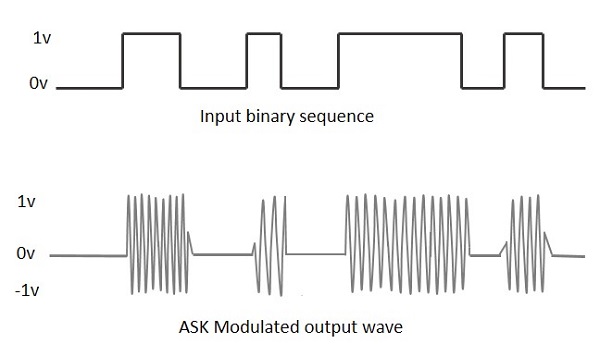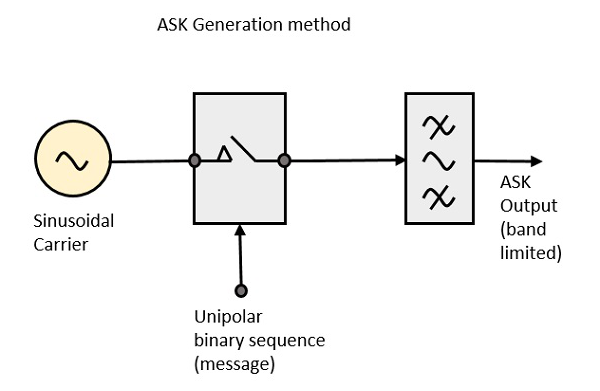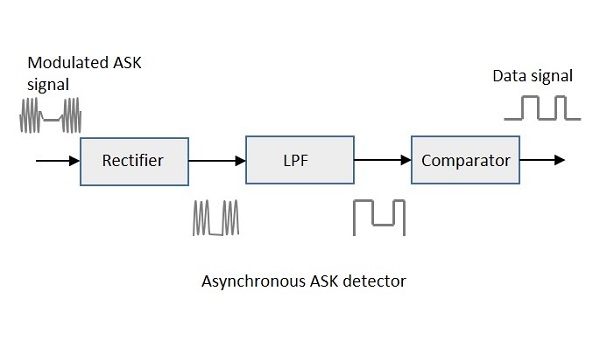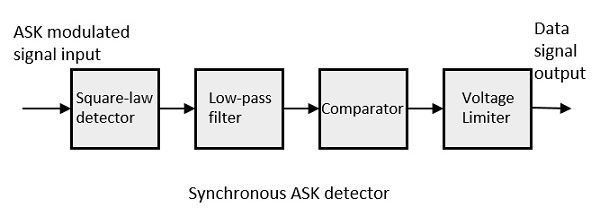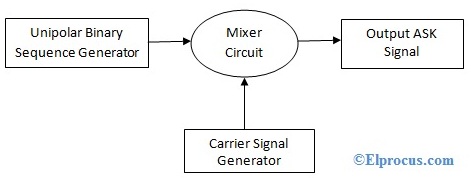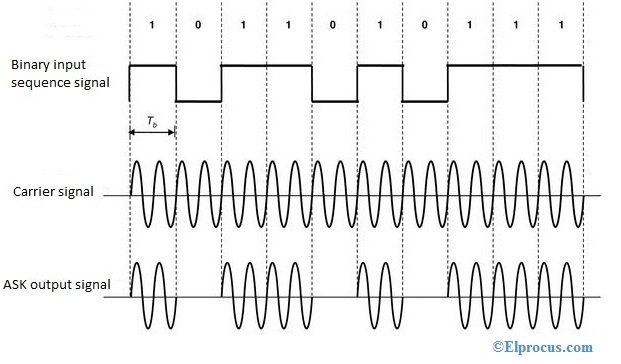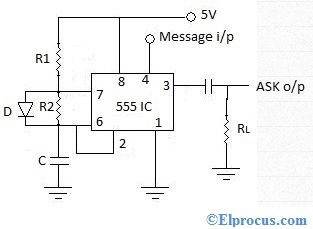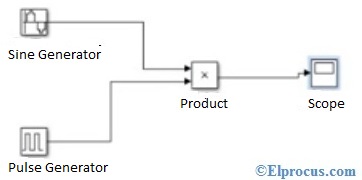Overview of Digital Pulse Modulation Techniques
All wireless, fiber, and networked digital systems use modulation to encode information onto a carrier signal.
As a carrier signal travels through some physical medium, it transports information between endpoints.
Digital pulse modulation techniques are a subset of modulation methods for sending digital information over an analog channel.
Digital pulse modulation techniques help get data from the cloud onto your smartphone.
You’ll probably never directly interact with digital pulse modulation techniques, but they are pervasive everywhere in modern life. Modulation techniques are responsible for carrying information over long distances in everything from basic radio applications to high speed networking over copper, fiber, and air. Furthermore, without digital modulation techniques, we’d all be stuck using AM and FM radio for wireless communications.
Digital pulse modulation techniques need to be further subdivided into different types in order to better see where each applies in the telecom and networking landscape. As it turns out, digital modulation is not so digital once we start considering multi-level modulation schemes for high data rate channels. If you’ve always wondered how modulation schemes work, keep reading to learn more.
What are Digital Pulse Modulation Techniques?
In the forthcoming discussion, we have to be careful to distinguish between digital pulse modulation techniques and purely digital modulation techniques. These are not always the same thing. In general, these two areas should be carefully delineated as follows:
Digital modulation: These schemes use digital data to vary some quality (amplitude, phase, or frequency) of an analog carrier signal.
Digital pulse modulation: These techniques do not use digital signals with constant level for modulation. Instead, pulse modulation involves using quantized pulses to modulate a carrier signal or using a pulse train as the carrier signal for digital data (e.g., PAM4 signaling for high-speed networking).
The primary difference between these two sets of digital modulation techniques is the use of a truly digital signal vs. the use of pulses in modulation and transmission. Digital pulses do not have constant signal level, in contrast to true digital signals. As a result, digital modulation methods force carrier signal quantities to take specific signal levels. The table below shows a brief comparison of different methods used in each class of modulation methods.
Digital vs. Analog Modulation
There is an important distinction to make between digital methods and analog modulation. In all-analog modulation, the carrier signal and the information-carrying signal are both continuous analog signals. In other words, an analog modulator/demodulator is an all-analog circuit. In contrast, digital pulse modulation and constant-level digital signals give two different ways to quantize analog signals in the time-domain.
Pulse-Amplitude Modulation
Pulse-amplitude modulation (PAM) is normally described as a purely analog modulation scheme, but this is not exactly true. In some ways, PAM is a fusion between digital, analog, and pulse modulation schemes. In PAM, digital modulation is applied to an analog signal using amplitude shift keying (ASK). This amplitude-modulated analog signal is then used to modulate a pulse train, and the pulse train is sent down a channel. At the receiver end, the signal and data are recovered by sampling the signal at the pulse rate. The reconstructed amplitude-modulated analog signal is then demodulated to recover digital data.
How Does Digital Modulation and Digital Pulse Modulation Work?
Digital Modulation Examples
Some examples of digital modulation are shown in the image below. This image shows examples for shift keying methods, specifically phase shift keying (PSK), amplitude shift keying (ASK), frequency shift keying (FSK), and a combination of phase and amplitude shift keying. Similar examples are on-off keying (OOK, where the analog carrier is switched on and off) and non-return to zero (NRZ, just OOK with DC bias).
Some common digital modulation techniques.
Shift keying methods are simple to use and are ubiquitous in lower-frequency applications involving signal transmission. More advanced methods for high data rate wireless applications and lower-speed fiber have used quadrature amplitude modulation (QAM) with multi-level signaling, where two signals in quadrature (i.e., with a 90-degree phase angle) are used to encode multiple bits of data. When used in radio, the data rate is limited up to 150 Mbps. However, newer optical 64-level dual-polarization QAM (DP-QAM-64) techniques promise up to 600 Gbps data rates down a single fiber.
Digital Pulse Modulation Examples
Digital pulse modulation schemes are effectively the same as analog-to-digital conversion (ADC). In fact, the same digital methods used to modulate an analog signal are used in ADC sampling. Most prominent among these is pulse code modulation (PCM), where an analog signal is represented by a set of quantized digital pulses in the time domain. An analog signal is sampled in the modulator, and the signal level at each sampling interval defines a pulse interval, as shown below.
PCM encodes analog signal levels as pulses, similar to PAM.
These pulses then propagate down a channel and can be reconstructed at the receiver using a 0th-order hold circuit. The difference between PCM and PAM is that the pulse levels in PCM are quantized, whereas pulses can have any value in PAM (i.e., there is no sampling in PAM). This quantization in PCM and similar sampling methods is what makes these methods digital pulse modulation techniques.
More advanced modulation schemes are making use of multiple carriers (similar to OFDM and QAM) and mixed-signal schemes (e.g., PAM) to carry higher data rates in narrower frequency bands and time windows. A prime example is in 5G, where OFDM, QPSK, and other multi-carrier methods are being used as part of carrier aggregation to provide ultra-high data rates to handsets. It remains to be seen how Ethernet, fiber, and the IEEE 802.3 standards will evolve as more subscribers place greater demands on data centers.
This will likely involve higher resolution PAM methods or some new method for long-distance communication with high bitrate. Whether modulation schemes in future higher bitrate protocols will continue to involve digital pulse modulation is an open question, but it remains an active area of research.

